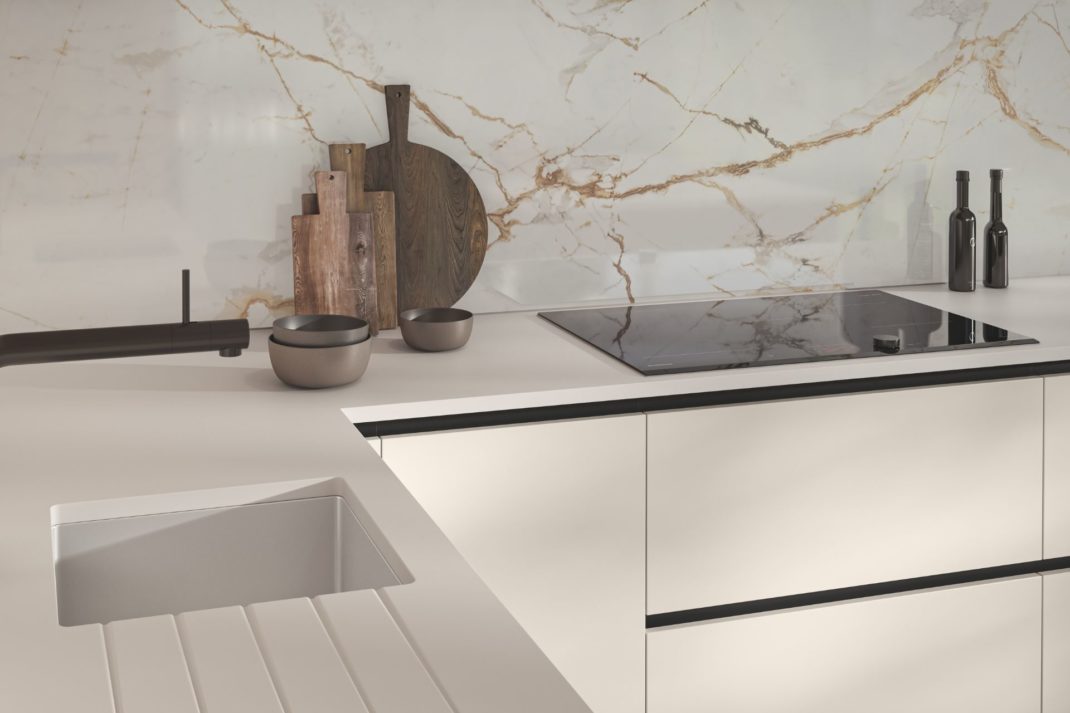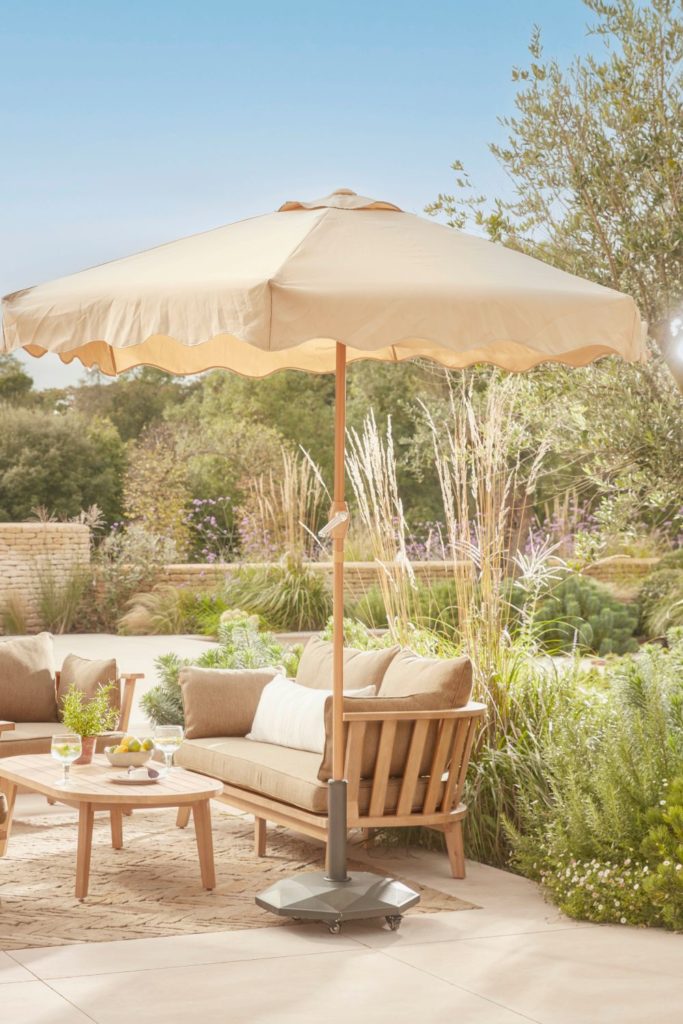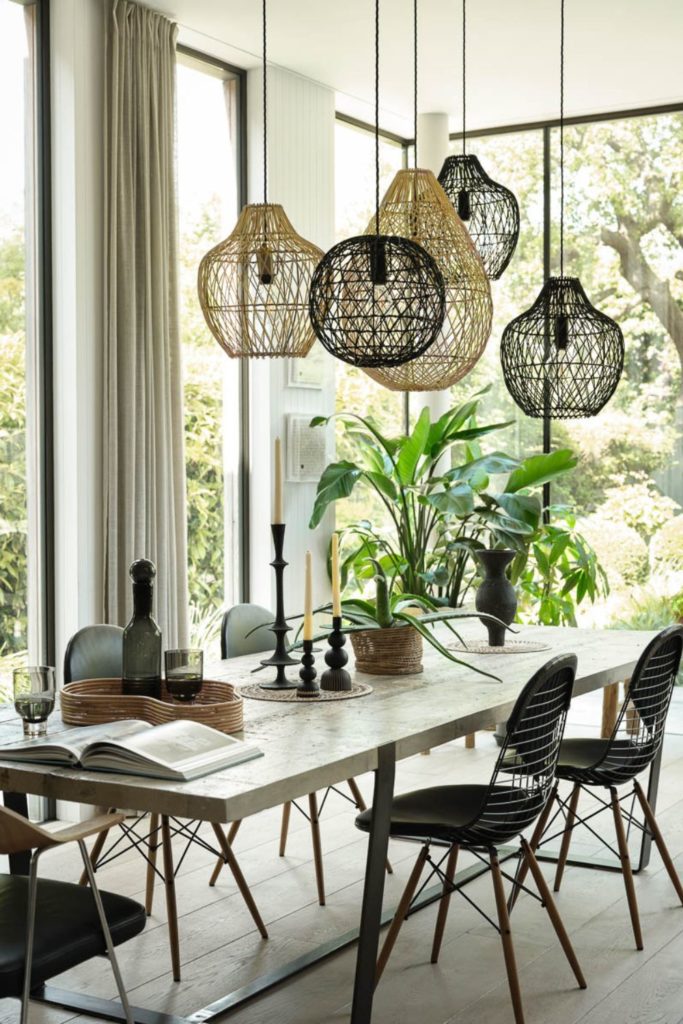Changing the Game with United in Design
By
3 years ago
‘It was clear something needed to change’

Alexandria Dauley and Sophie Ashby of United in Design are taking on diversity in the world of interior design, says Sofia Tindall.
Changing the Game with United in Design
What were you doing on 25 May 2020? Chances are you were immersed in a lockdown whirligig of banana bread, home workouts and Zooms. Yet it’s also the date when, across the Atlantic in Minnesota, George Floyd was killed in police custody, an event indelibly marked on national consciousness that went on to powerfully ignite the #BlackLivesMatter movement. Individuals and businesses joined together around the world, rallying in support, not just against racism, but also in a pledge for greater diversity, equality, inclusion and better representation.
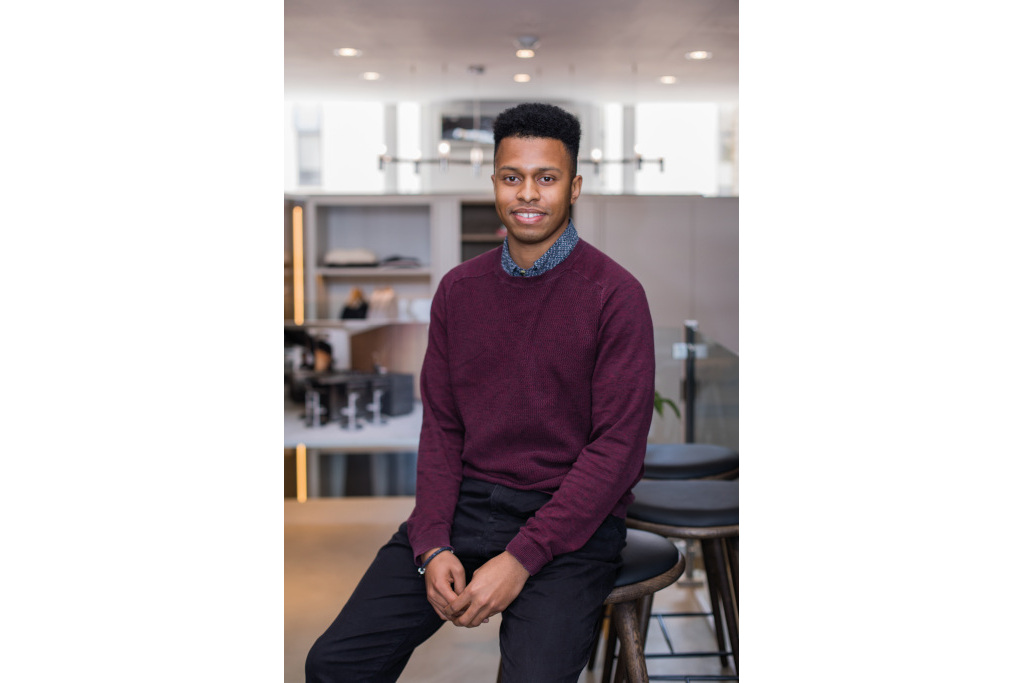
Isaac Nwaku, one of the winners of the 2021 United in Design graduate apprenticeships
It was a stark wake-up call for many industries in which under-representation had crept through unchecked. For Sophie Ashby and Alexandria Dauley, this meant taking action on the lack of diversity in interior design. ‘It was clear something needed to change,’ recalls Alexandria. ‘I didn’t know Sophie before, but we were put in touch and hit it off immediately.’
The duo set about creating United in Design (UiD), a graduate apprenticeship programme that connects graduates from BIPOC and economically disadvantaged backgrounds with designers; their one-year paid placements aim to ‘level the playing field’. And the numbers speak for themselves: in just over a year UiD has amassed over 120 graduates and 160 brands. So how does it work in practice?
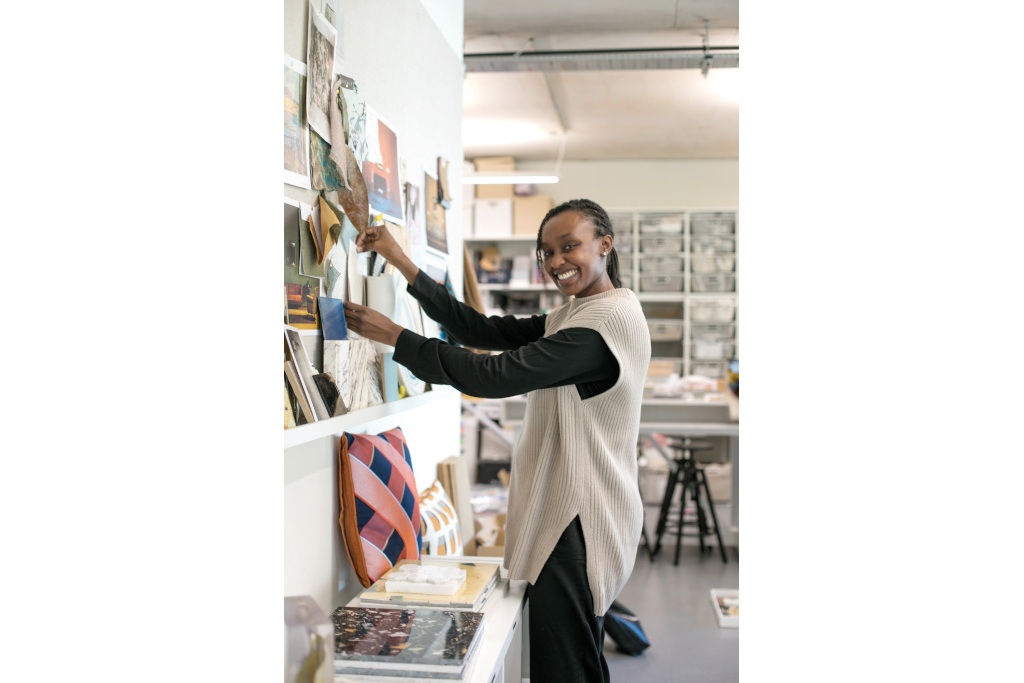
Mercy Sossion, one of the winners of the 2021 United in Design graduate apprenticeships
After being successfully shortlisted, UiD graduate Mercy Sossion’s placement began with Turner Pocock, where she learned about healing spaces. She progressed to Julian Chichester and Sophie Ashby before landing at Sohobased studio, Hubert Zandberg.
Having always been drawn to design but not considered it as a possible career, Mercy says creating opportunity is essential for change. ‘A good way to approach it is to actively seek out young and emerging talent through a lens of diversity,’ she explains. Creatives with a multitude of backgrounds, she points out, offer a huge contribution to interiors and design. ‘Recruiting from a bigger pool can only serve to enrich the culture and future of the industry.’
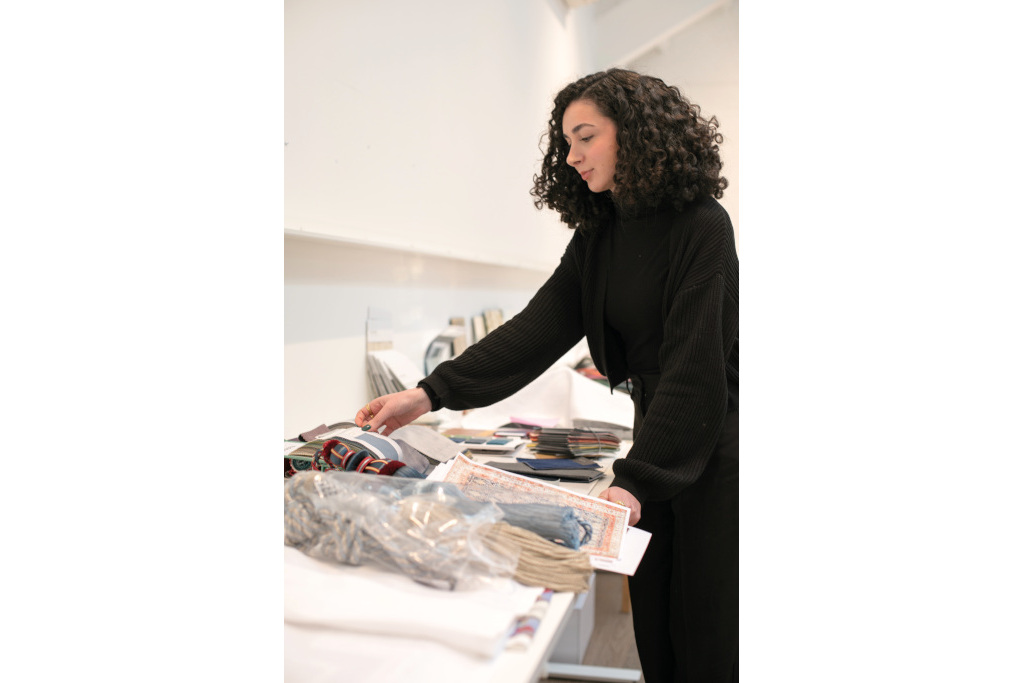
Derya Gul, one of the winners of the 2021 United in Design graduate apprenticeships
Mercy has set her sights on creating spaces that boost wellness: ‘My hope is to work with a plethora of talented creatives to realise designs that improve people and communities for the better.’
It’s rewarding to see individuals within the design industry and businesses taking meaningful steps towards making interior design a more diverse space. But one thing is clear, we cannot rest on our laurels. #BlackLivesMatter shone a light on the problematic smokescreen of ‘slacktivism’ (token representation and virtue signalling being hindrances to meaningful action). If we want to see sustained change, Alexandria emphasises, businesses and individuals must step up their game.
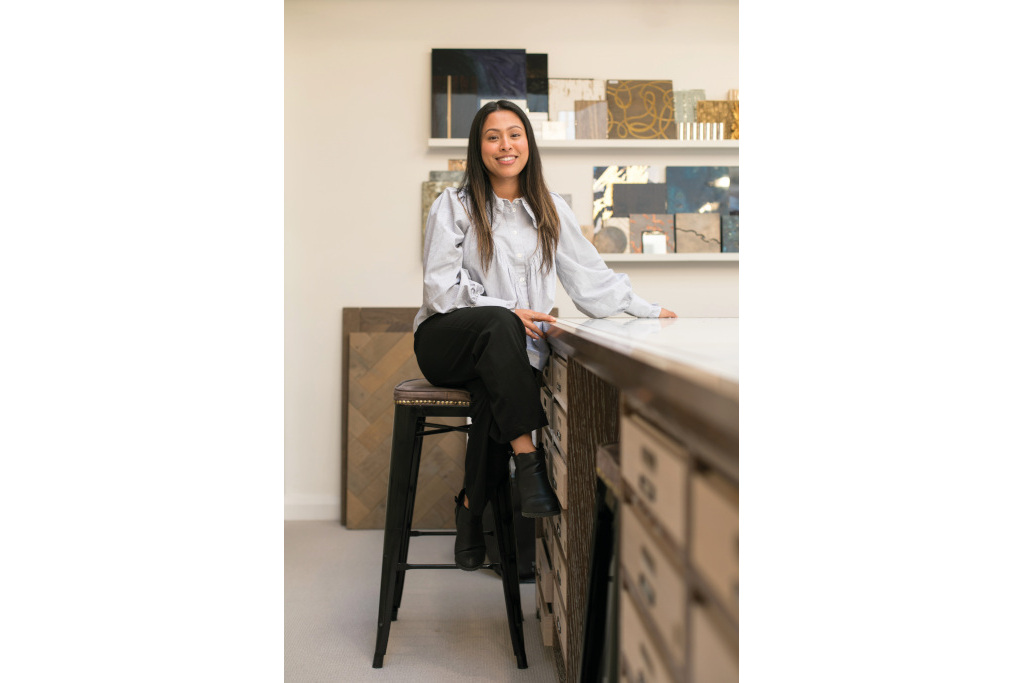
Roshu Shrestha, one of the winners of the 2021 United in Design graduate apprenticeships
‘Sadly, barriers start at a young age,’ she points out. Lack of funding, prohibitively expensive design schools and an absence of Black and POC role models in the industry are just some of the roadblocks. It adds up to a bleak picture, but one which can be transformed through the collective action of designers and companies (including publishers) in the industry.
‘The landscape is extremely lacking, but I truly believe our seven pledges (including apprenticeships, mentoring, work experience and schools outreach) are the answer to creating a more diverse industry,’ says Alexandria. ‘We just need more companies to sign up.’
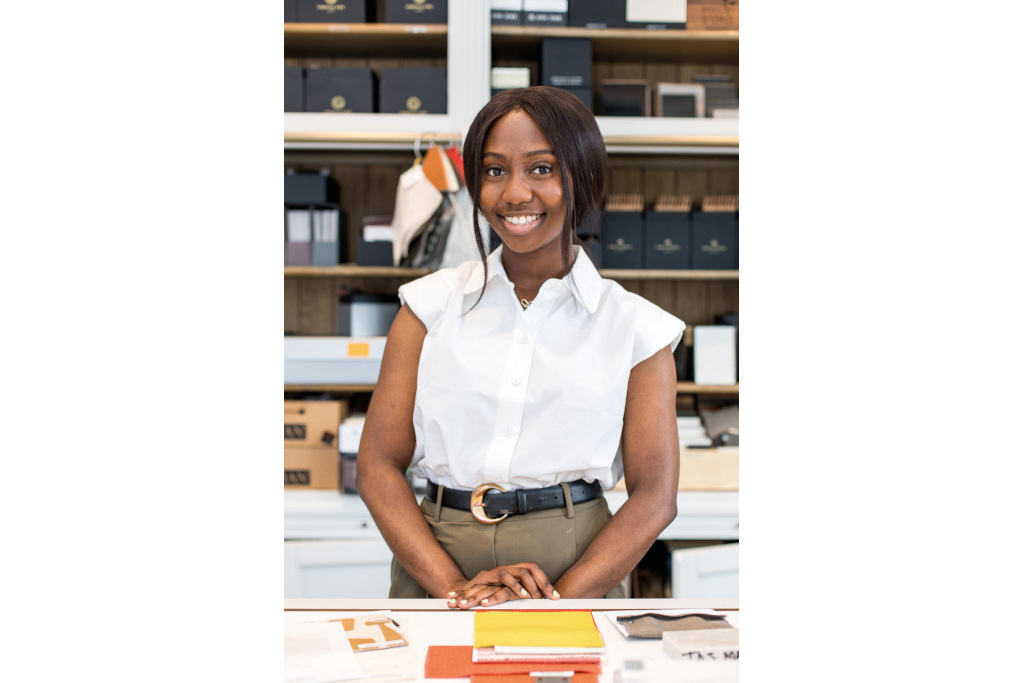
Christine Omorere, one of the winners of the 2021 United in Design graduate apprenticeships
The call to action is clear: don’t just watch this space, there’s never been a more important time to get involved.
For more information, and if you’re an individual or design business that wants to get involved, visit unitedindesign.com
READ MORE
Seven Brilliant Interior Designers to Have on Your Radar / House Guest: The C&TH Interiors Podcast

